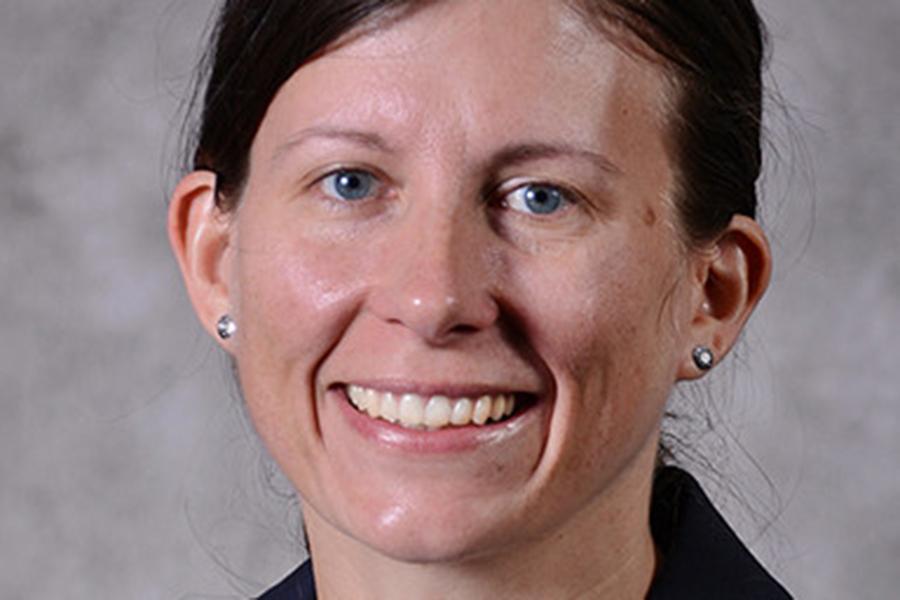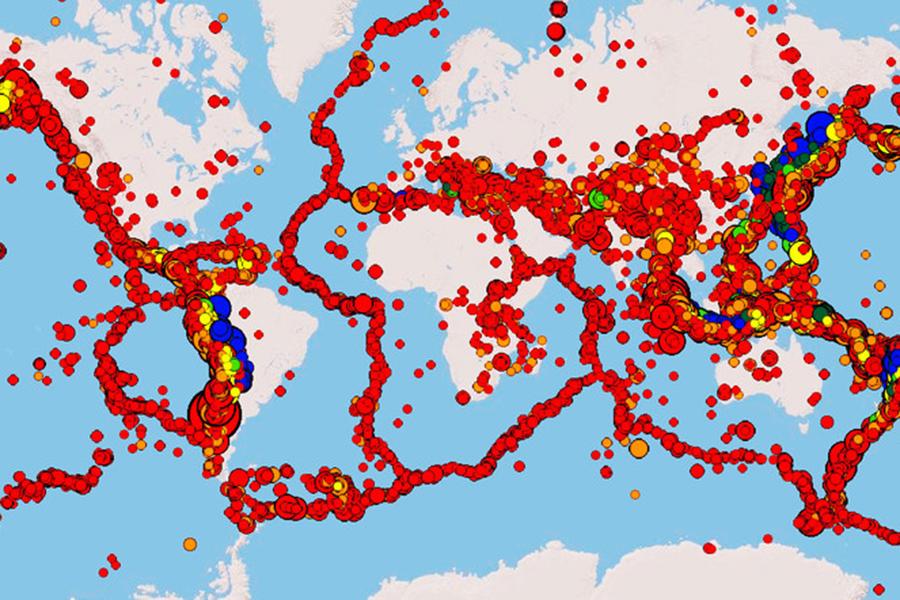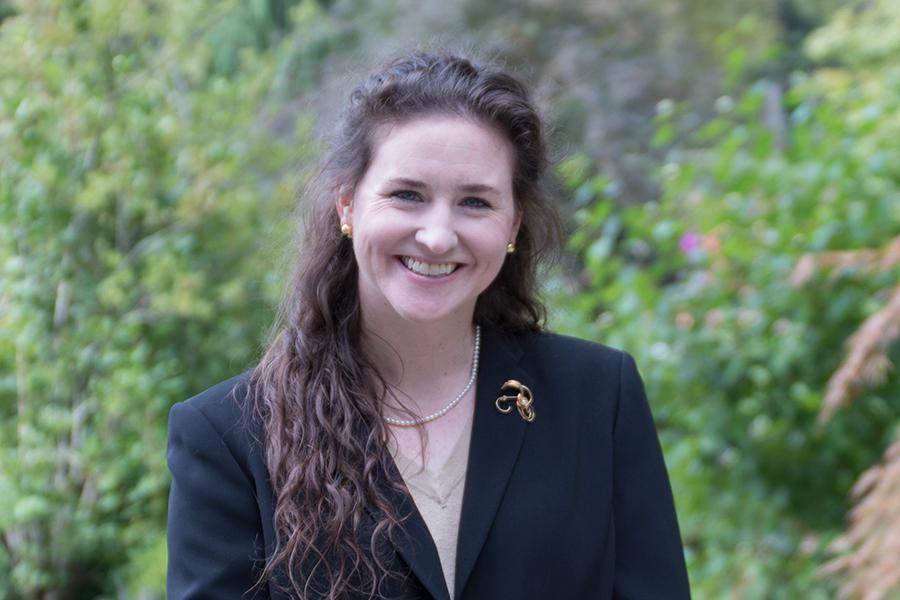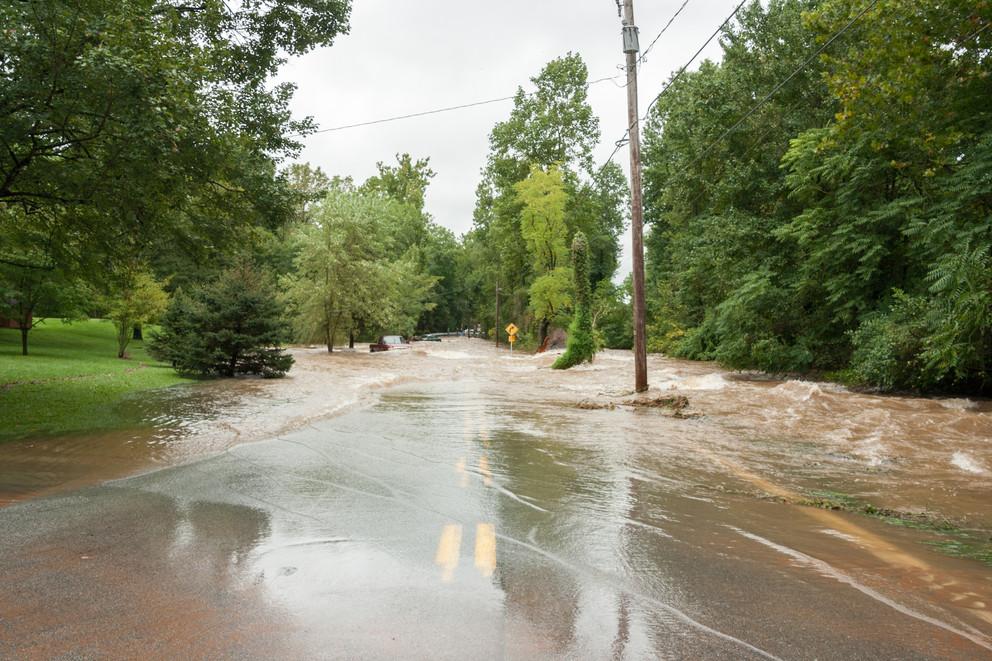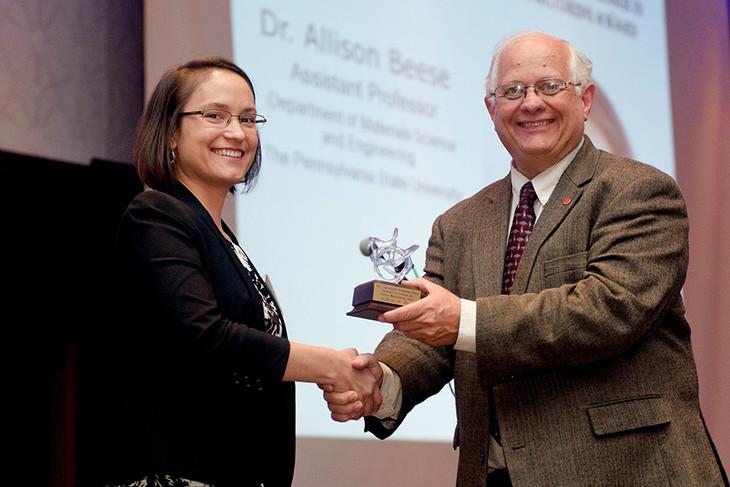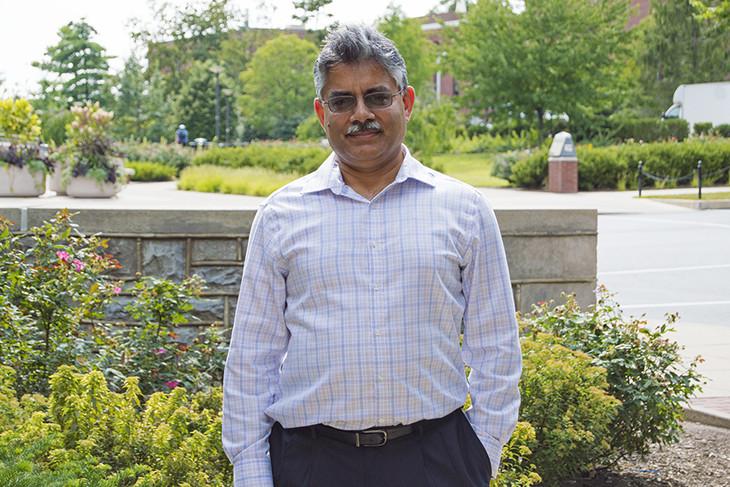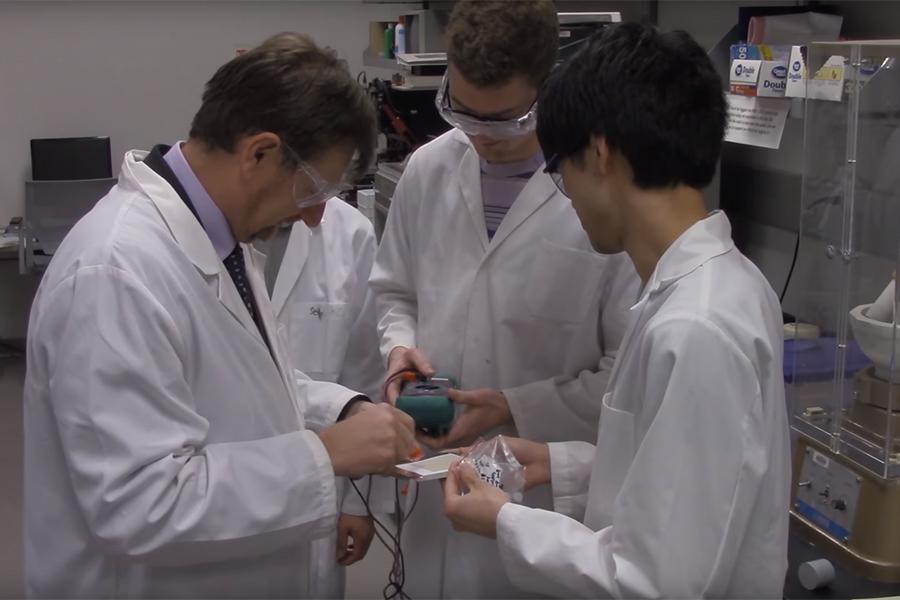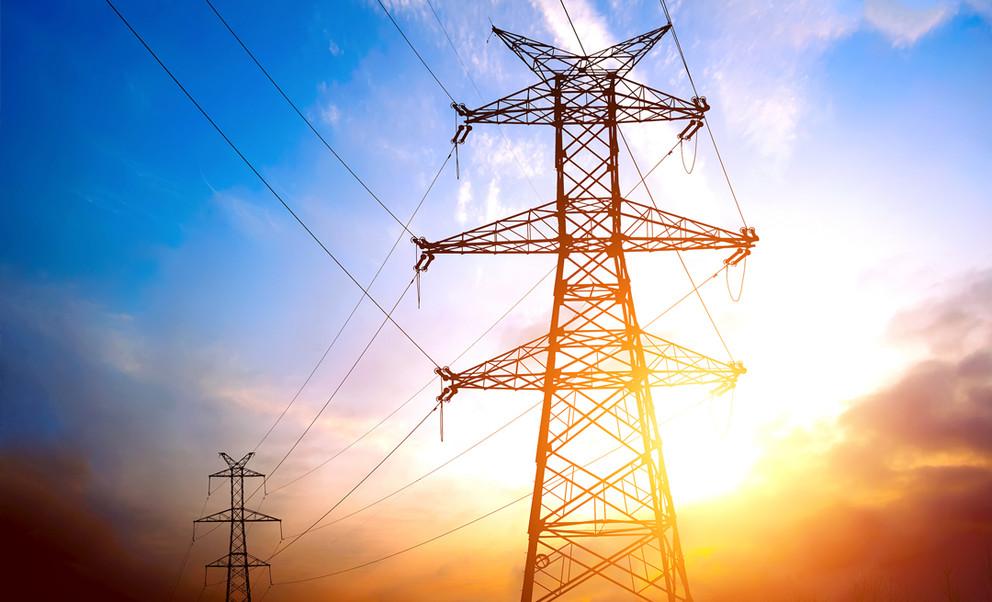Read the latest news about research conducted by investigators in the College of Earth and Mineral Sciences. Our faculty and students are continually advancing technology, creating solutions and expanding knowledge with new and innovative research.
News
Jennifer Baka, assistant professor in the department of geography, has been at Penn State for a little more than a year, but she has a lifetime of experience assessing the implications of energy. She grew up in a coal mining region of Northeastern Pennsylvania, and watching the relationship a rural community has with a global enterprise factored into her choice to become an energy geographer. It’s a field that combines political and industrial ecology to look at how energy projects impact all segments of society.
Some great ideas are born out of years of painstaking research. Others are gleaned from the plotline of the movie "Twister."
Getting to the core of the problem of teaching young students about the dynamic Earth is the impetus of a four-year, $2.8 million grant awarded to Penn State Associate Professor Scott McDonald.
After defending her dissertation in August, meteorology graduate student Caroline Normile entered public service in September to share her scientific perspective in a U.S. Congress member's office, through the American Association for the Advancement of Science (AAAS) Science and Technology Policy Fellowship program.
A newly released report examines how flooding and recent changes to the federal flood insurance program are impacting rural Pennsylvania in unique ways.
In the Rio Studio, advanced architecture and landscape architecture students used digital technology, including virtual reality, to explore design solutions for a Brazilian favela. Jose Duarte, Stuckeman Chair in Design Innovation at Penn State, has long been interested in how these unplanned communities take shape, and how they evolve. What are the hidden rules that underlie their emergence and growth? By decoding these rules, he says, we can both improve existing settlements and better face the design challenges of the future.
Allison Beese, assistant professor of materials science and engineering, recently earned the International Outstanding Young Researcher in Freeform and Additive Manufacturing Award for research accomplishments related to additive manufacturing of metallic materials.
Sanjay Srinivasan, the newly appointed head of the John and Willie Leone Family Department of Energy and Mineral Engineering (EME), said he’s looking forward to helping “world-class” faculty further extend Penn State’s reputation as “the energy university.”
Penn State researchers have developed a new method for sintering, a widely used manufacturing process for powdered materials. Using far less time and energy than the standard approach, the new method could have global implications on manufacturing and energy savings and pave the way for new discoveries.
Penn State researchers have received funding from the National Science Foundation to develop a system that will assist the power industry in siting new transmission lines to accommodate a broad range of possible future evolutions of the power grid.



